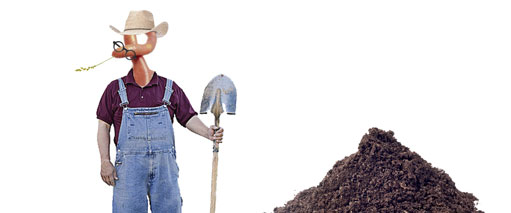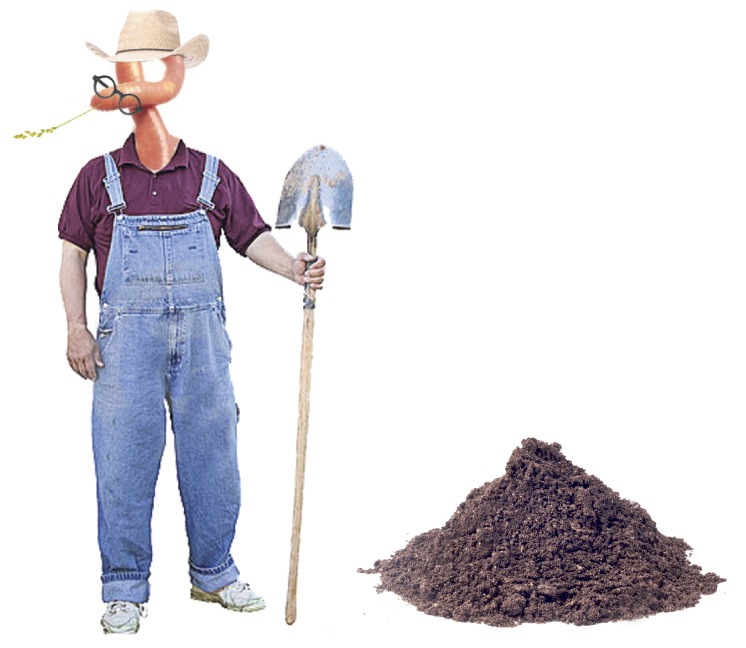When Every Day Is Earth Day
The First Step Is Being Aware Of The Issues


Latest Article|September 3, 2020|Free
::Making Grown Men Cry Since 1992


